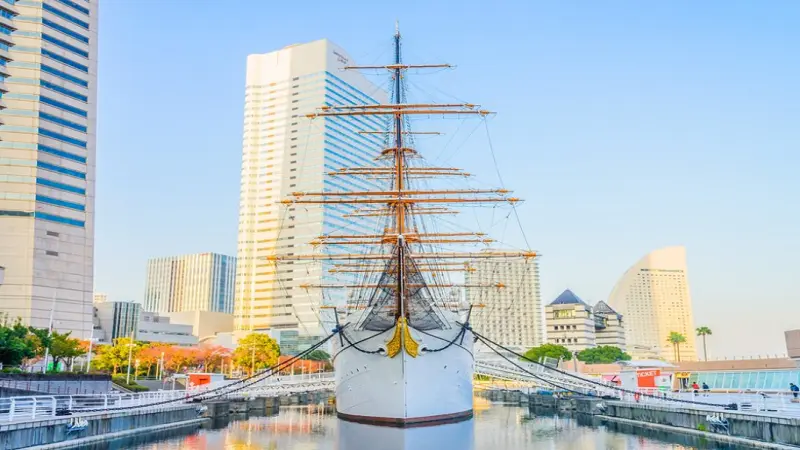In the vast landscape of our globalized world, certain phrases evoke curiosity and intrigue, sparking a quest for understanding and discovery. “Nearly South Eureka Parkzhou Nikkeiasia” is one such enigmatic term that invites exploration into realms of geography, culture, and perhaps even beyond. Join us on a journey as we unravel the mysteries behind this captivating phrase.
Unveiling the Concept
“Nearly South Eureka Parkzhou Nikkeiasia” appears at first glance to be a conglomeration of geographical markers, hinting at places or regions. Each component—Nearly, South, Eureka, Parkzhou, and Nikkeiasia—suggests a specific location or characteristic, but their combination is what piques our interest.
Nearly South
The term “Nearly South” implies a direction—almost but not quite due south. It conjures images of navigation, of being close to a significant landmark or direction. In the context of our exploration, it might hint at a location that is near the southern edge of a continent or region, yet not exactly at the southernmost point.
Eureka
“Eureka” famously refers to a moment of sudden discovery or realization. In the context of “Nearly South Eureka,” it suggests that something profound or significant has been found or is waiting to be found in this region. It could imply a place of innovation, creativity, or historical importance.
Parkzhou
“Parkzhou” sounds distinctly East Asian, possibly Chinese in origin. The suffix “zhou” often denotes a region or administrative division within China. Thus, “Parkzhou” might refer to a specific area within China, known for its cultural or economic significance.
Nikkeiasia
“Nikkeiasia” combines elements of “Nikkei,” which relates to the Japanese diaspora, and “Asia,” the vast continent that stretches from the Middle East to the Pacific Ocean. This term could hint at a region where Japanese influence or settlement is significant within the broader Asian context.
Contextualizing the Term
To understand “Nearly South Eureka Parkzhou Nikkeiasia” fully, we need to consider both literal interpretations and the broader cultural and geographical contexts. Let’s delve deeper into each component:
Geographical Speculation
The phrase seems to weave together geographical hints that could point to a specific location or region. “Nearly South” might suggest a place not far from the southern extremity of a continent or country. “Eureka” implies a place of discovery or realization, possibly indicating a historical or cultural landmark. “Parkzhou” and “Nikkeiasia” provide clues of a Chinese and Japanese connection respectively, suggesting a crossroads of cultures.
Cultural Significance
Considering the cultural connotations, “Parkzhou” could refer to a district or city in China known for its historical or modern significance. It might be a hub of commerce, culture, or technological innovation. Meanwhile, “Nikkeiasia” hints at an area influenced by Japanese culture or populated by a significant Japanese community within Asia.
The Historical Tapestry
To paint a clearer picture, let’s explore hypothetical scenarios that could give life to “Nearly South Eureka Parkzhou Nikkeiasia”:
Scenario 1: A Cultural Crossroads
Imagine a city nestled on the southern edge of a continent, renowned for its blend of Chinese and Japanese influences. This city, let’s call it Parkzhou, boasts a rich tapestry of history where East Asian cultures converge. Streets lined with traditional Chinese architecture open into districts adorned with Japanese cherry blossoms. Here, you might find temples dedicated to both Shinto and Buddhist traditions, standing side by side with pagodas and shrines. If you want to purchase caps you can visit.
Scenario 2: The Innovation Hub
Alternatively, “Nearly South Eureka Parkzhou Nikkeiasia” could denote a technological hub where the spirit of discovery thrives. Parkzhou emerges as a beacon of innovation, attracting researchers and entrepreneurs from across Asia. Its skyline is dotted with futuristic skyscrapers housing cutting-edge laboratories and startup incubators. Japanese companies collaborate with Chinese enterprises, pushing the boundaries of technology and commerce.
Scenario 3: A Historical Nexus
In another interpretation, this phrase might lead us to a historical landmark that signifies a pivotal moment of discovery or cultural exchange. Parkzhou could be the site where ancient trade routes converged, fostering a fusion of ideas and goods between China and Japan. Eureka moments in philosophy, art, or science might have occurred here, shaping the cultural identity of the region.
Conclusion: The Quest Continues
“Nearly South Eureka Parkzhou Nikkeiasia” remains a phrase rich with possibilities and intrigue. Whether it’s a geographical location, a cultural crossroads, or a nexus of innovation, the essence of this phrase lies in its ability to spark imagination and curiosity. It invites us to explore not only the physical landscapes but also the histories and stories that shape our understanding of our interconnected world.
As we conclude our exploration, let us remember that the allure of such terms lies not only in their literal meanings but also in the narratives they inspire. They prompt us to delve deeper into the mosaic of human experience, where borders blur, cultures intersect, and discoveries await. So, the next time you encounter an enigmatic phrase like “Nearly South Eureka Parkzhou Nikkeiasia,” embrace the opportunity to embark on a journey of discovery—one that transcends geographical coordinates to uncover the essence of our shared humanity.
